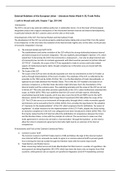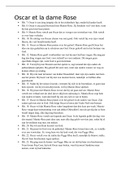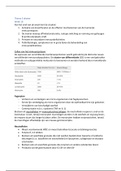Samenvatting
Summary External Relations of the European Union - Literature Summaries week 4
Summaries of the readings for European Labour and Social Security Law week 4: - J. Larik in Wessel and Larik, Chapter 7 (pp. 209-244); - Nederlandse Spoorwegen, Case 126/78; - Nakajima, Case 69/89; - Fediol III, Case 69/89; - Van Parys, C-377/02; - Daiichi Sankyo, Case-414/11 (Summary from European...
[Meer zien]







